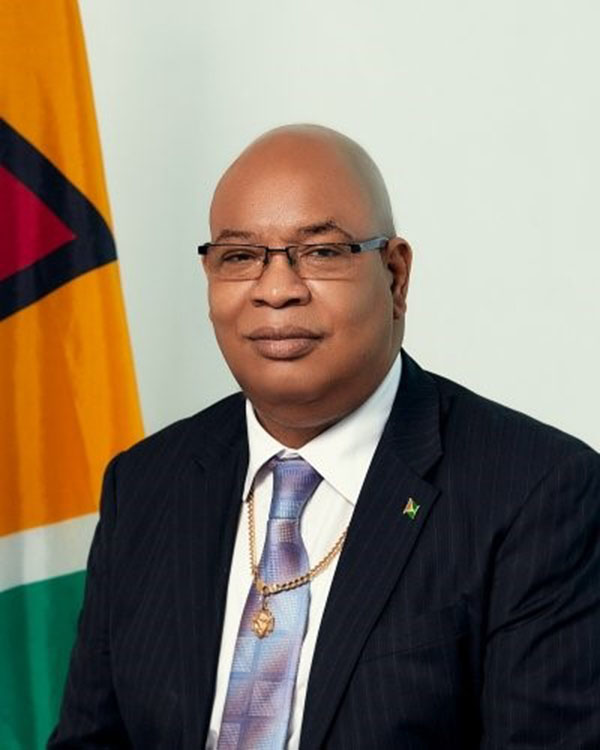One month after it announced it would engage with China State Construc-tion Engineering Corpora-tion (CSCEC) for the building of the new Deme-rara Harbour Bridge, government is readying itself to commence negotiations with the company, according to Minister of Public Works Juan Edghill.
On November 1, government said that CSCEC submitted the lowest responsive bid and pending successful negotiations will be building the anticipated structure. CSCEC, in its tender document, pegg-ed the cost for the construction of the bridge at US$256,638,289 and it is based on the Design, Build and Finance (DBF) option, or Design, Build, Finance, Operate and Maintain (DBFOM).
In a brief comment to Stabroek News on Tuesday, Edghill said that they have since written to CSCEC for the commencement of the process but he is unsure of if the company responded.
Based on the project summary, the replacement of the 43-year-old existing floating bridge is critical for a number of reasons ranging from it exceeding its lifespan to costly and regular maintenance. The project summary also indicates that there is an increased vulnerability to disruptive incidents on the bridge and it limits the capacity for travellers owing to the long and slow retraction process.
The Demerara Harbour Bridge (DHB) was constructed by the UK firm Mabey and Johnson and commissioned on July 02, 1978, and links the Region Three (Essequibo Islands-West Demerara) at Meer-Zorgen on the West Bank of the Demerara River with Region Four (Demerara-Mahaica) at Peter’s Hall, East Bank Demerara.
The new bridge is expected to land in the vicinity of Nandy Park on the eastern side of the Demerara River and at La Grange/Meer-Zorgen on the West Bank. Based on the information provided, the bridge is expected to land some 700 metres inland from the eastern bank of Demerara and will be elevated 50 meters at the beginning of the channel – which is closer to the east bank. The descent is slated to be at a rate of 5%.
The Scope of Works in the design/build contract included the complete design and construction of a two-lane dual (four-lane) carriageway, hybrid cable-stayed centre-span bridge with concrete box/T-beam girder approach bridge structures, and must include bridge collision protection, a navigation span to accommodate Handymax vessel navigation aids, lighting, signage, and all other ancillary works, an access road with a minimum of 50 meters up to abutments, toll-collection buildings and ancillary buildings on the West Bank of the Demerara River.
While the project is a welcomed one, it has been shrouded in a lot of criticisms ranging from the government’s lack of consultation with the residents to the Environmental Protection Agency’s (EPA) insistence on not requiring an Environmental Impact Assessment (EIA).
The company still has to first accept the award and complete negotiations with government on design type and model for the project to go ahead. It is the very lack of a design that led to the criticisms of the EPA’s decision not to have an EIA.
Environmentalists have argued that the decision not to have an EIA can only be made when the EPA is in possession of a design for the project. The EPA has listed reasons for its decision but none of those reasons spoke to the lack of a project design.
Government had also written to the Regional Democratic Council (RDC) of Region Four asking for a ‘no-objection’ on the project but RDC Chairman Daniel Seeram said that will be withheld owing to the lack of consultation with the residents. The Ministry of Public Works has been mum on when it will engage the residents as a collective.






